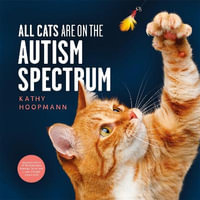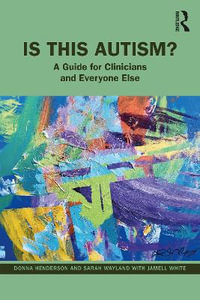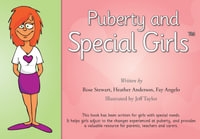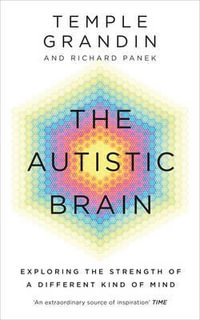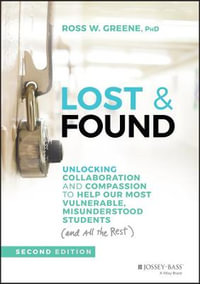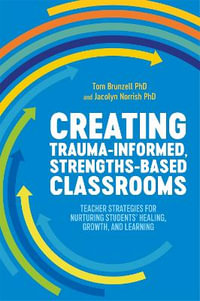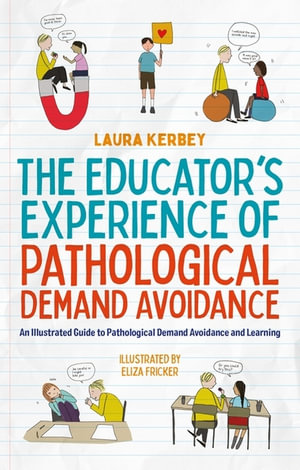
The Educator's Experience of Pathological Demand Avoidance
An Illustrated Guide to Pathological Demand Avoidance and Learning
By: Eliza Fricker (Illustrator), Laura Kerbey
Paperback | 10 May 2023
At a Glance
Paperback
RRP $45.99
$37.75
18%OFF
I realised EVERYTHING I was doing was wrong.
I needed to learn.
I needed to change.
During Laura Kerbey's time teaching autistic children, she had a sudden realisation that those with Pathological Demand Avoidance (PDA) are children like no other! None of her tried and tested autism strategies would work to help them focus or learn and most of her time was spent wondering, what am I doing wrong?
If you feel the same, this short, easy-to-read guide is here to teach you everything you need to know from one educator to another. With an introduction to what PDA is followed by PDA tailored advice on how to connect with your student and create an autonomous, spontaneous environment that is personalised for you both, this guide is here to ensure that you and your PDA student thrive!
Illustrated by the popular Eliza Fricker and packed with entertaining anecdotes (including one about Jabba the Hut's poo), this go-to-guide contains everything you need to start implementing PDA friendly learning to help you connect with your student and help them make the most of their learning experience.
About the Author
Laura Kerbey is the co- founder of NEST (Neurodivergent Education Support and Training), Kite Therapeutic Learning and Healthy Happy Me. She has been working with autistic children and young people for over 20 years and provides training to ensure that the needs of autistic and PDA learners are fully met.
Eliza Fricker is an illustrator and a designer based in Brighton, UK. She has a child with PDA.
Industry Reviews
ISBN: 9781839976964
ISBN-10: 1839976969
Published: 10th May 2023
Format: Paperback
Language: English
Number of Pages: 128
Audience: Professional and Scholarly
Publisher: JESSICA KINGSLEY PUBLISHERS
Country of Publication: GB
Edition Type: Illustrated
Dimensions (cm): 22 x 14 x 1
Weight (kg): 0.16
Shipping
| Standard Shipping | Express Shipping | |
|---|---|---|
| Metro postcodes: | $9.99 | $14.95 |
| Regional postcodes: | $9.99 | $14.95 |
| Rural postcodes: | $9.99 | $14.95 |
How to return your order
At Booktopia, we offer hassle-free returns in accordance with our returns policy. If you wish to return an item, please get in touch with Booktopia Customer Care.
Additional postage charges may be applicable.
Defective items
If there is a problem with any of the items received for your order then the Booktopia Customer Care team is ready to assist you.
For more info please visit our Help Centre.



